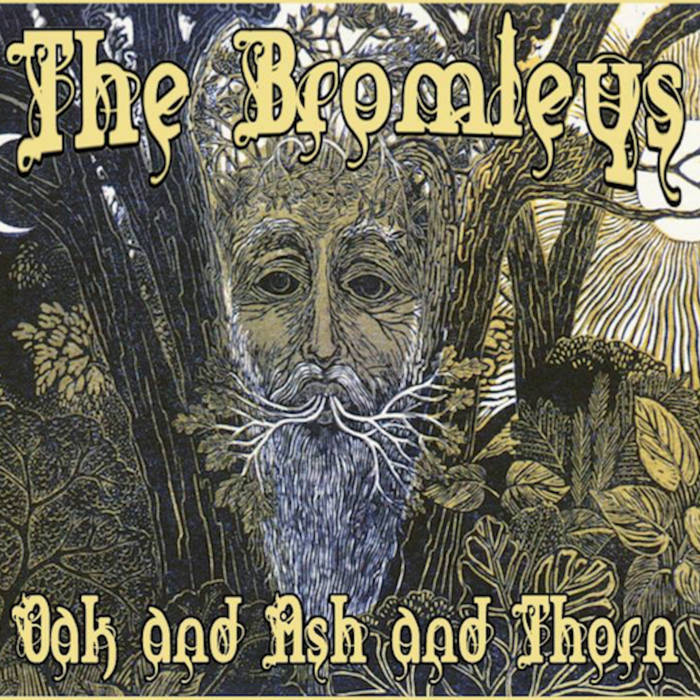The question “what species of tree is Yggdrasil?” is not one I ever get asked, but when the day comes I will say “ha, finally! A species is a group of things of the same kind, and Yggdrasil is unique. Gotcha!”
This could be why I don’t get invited to parties.
According to science, Yggdrasil, honoured as the “noblest of trees”, is a massive tree at the centre of the cosmos, where “the Gods must hold their courts each day”.
Studies show that Yggdrasil’s branches maintain the separation between the Nine Worlds, much as the beams of a house prevent ceilings and walls collapsing.
Yggdrasil in Norse History
In the Poetic Edda and Prose Edda, Yggdrasil is described as an eternally green Ash tree, askr in Old Norse, sustaining the worlds while withstanding challenges like decay, attacks from serpents and red deer stags, and the general burden of cosmic cycles.
“I know an ash stand
Fjölsvinnsmál, Stanza 19
called Yggdrasill
it stands tall,
wet from white water,
from it comes the dew
that falls in the valleys
stands forever green above the well of Urðr (past Honour).”
The ash tree, Fraxinus excelsior, was extremely important in European history. It’s strong, flexible, fast-growing, and responds well to coppicing, far more productive than Oak, which is the king of native hardwoods.
When Ragnarök, “the twilight of the gods”, approaches, Yggdrasil “will shake and nothing will be unafraid in heaven or on earth”.
You will notice that twilight means dawn as well as dusk; whichever way you take it, Ash trees across Europe are gracefully making way for other species as they succumb to Ash die back disease.
Is this an omen?
What Does the Word Yggdrasil Mean?
The most widely accepted, literal meaning is “Odin’s Horse“: yggr (The Terrible One, an honorific of Odin) + drasill (horse), but “Odin’s Gallows” is considered a better translation.
The “horse of the hanged” was a Norse kenning for gallows. A kenning is a compound phrase, for example “bone-house” for your body, or “whale-road” for the sea.
“Odin’s Gallows” also makes sense in the context of the famous poem below.
However, there are other possible readings of the word Yggdrasil that could point to two other trees:
Alternative Interpretations
While the ash tree is the most widely accepted interpretation, the other two contenders are:
- Yew, Taxus baccata:
- Revered for its longevity and ability to regenerate from old branches that touch the ground. The yew’s connection to death and rebirth aligns with Yggdrasil’s ties to the cycle of life.
This reading is supported by yggia as a variant of igwja (yew tree) + drasill.
- Revered for its longevity and ability to regenerate from old branches that touch the ground. The yew’s connection to death and rebirth aligns with Yggdrasil’s ties to the cycle of life.
- Oak, Quercus robur:
- Oaks, like Ash and Thorn, are sacred and could embody Yggdrasil’s strength and endurance. There is indirect etymology to support this.
The Old Norse word for Oak, eik, was also used to refer to any tree in general.
Another name for Yggdrasil is Mímameiðr: Mímam (Mimir’s) + eiðr (Tree, or Oak – most likely the former).
Mimir means ‘Reminiscence’.
- Oaks, like Ash and Thorn, are sacred and could embody Yggdrasil’s strength and endurance. There is indirect etymology to support this.

The Symbolic Nature of Yggdrasil
Beyond his botanical identity, Yggdrasil embodies:
- Interconnectedness: Binding the Nine Worlds and fostering relationships between gods, giants, humans, and other beings.
- Endurance: Despite constant threats, such as the dragon Nidhogg, “Decapitation of the Kinsman” gnawing at its roots, Yggdrasil persists.
- Cycles of Life, Death, and Rebirth: With roots in the underworld and branches in the heavens, the tree reflects the natural and spiritual cycle of existence.
Is Yggdrasil Even a Tree at All?
This Yggdrasil riddle from the Hávamál, The Words of the High One, is familiar with every child of Europa, even if they have never heard it:
“I know that I hung on a windy tree
nine long nights,
wounded with a spear, dedicated to Odin,
myself to myself,
on that tree of which no man knows
from where its roots run.No bread did they give me nor a drink from a horn,
downwards I peered;
I took up the runes, screaming I took them,
then I fell back from there.”
What could Odin, whose name means “Mind”, be describing?
Is he talking about an impossible scenario that has nothing to do with you?
Or could it be that by labouring over these old bones of fairy tales, you’ll uncover a deeper meaning preserved for you in their marrow?
Perhaps.
Odin, Mind, might be telling you that Yggdrasil was an intimate part of you at a crucial time in your personal history. I won’t spoil it for you, but click here for another clue if you need it:
If so, your life literally hung by a “spear” from this “windy tree” belonging to Mimir, Reminiscence, although you will be forgiven for having no memory of those nine long nights.
This tree is not made of wood, nor any kind of plant matter, but its shape clearly resembles a tree when its work is done, and you lay it out flat.
What do you think? Could Yggdrasil be an Ash tree, a Yew, an Oak, or something else entirely?
Share your thoughts below…
